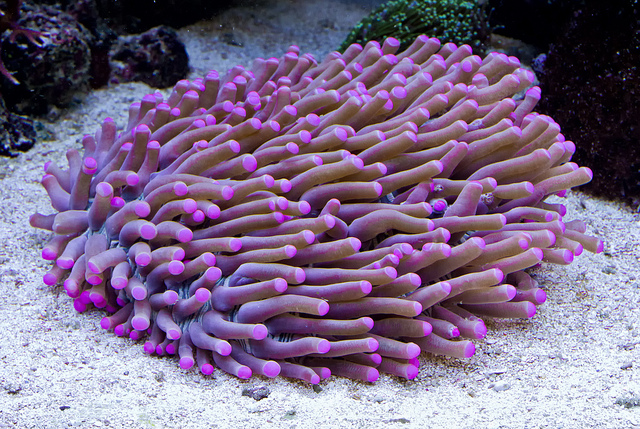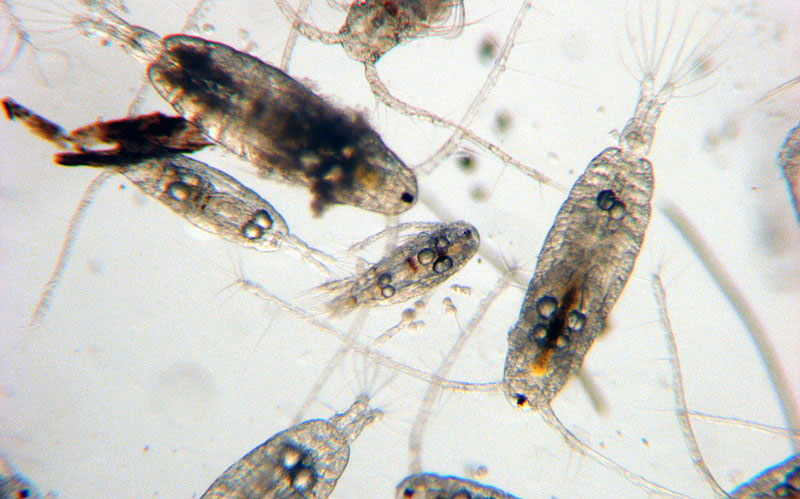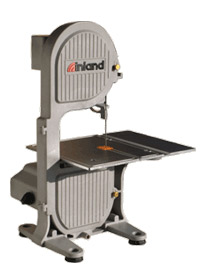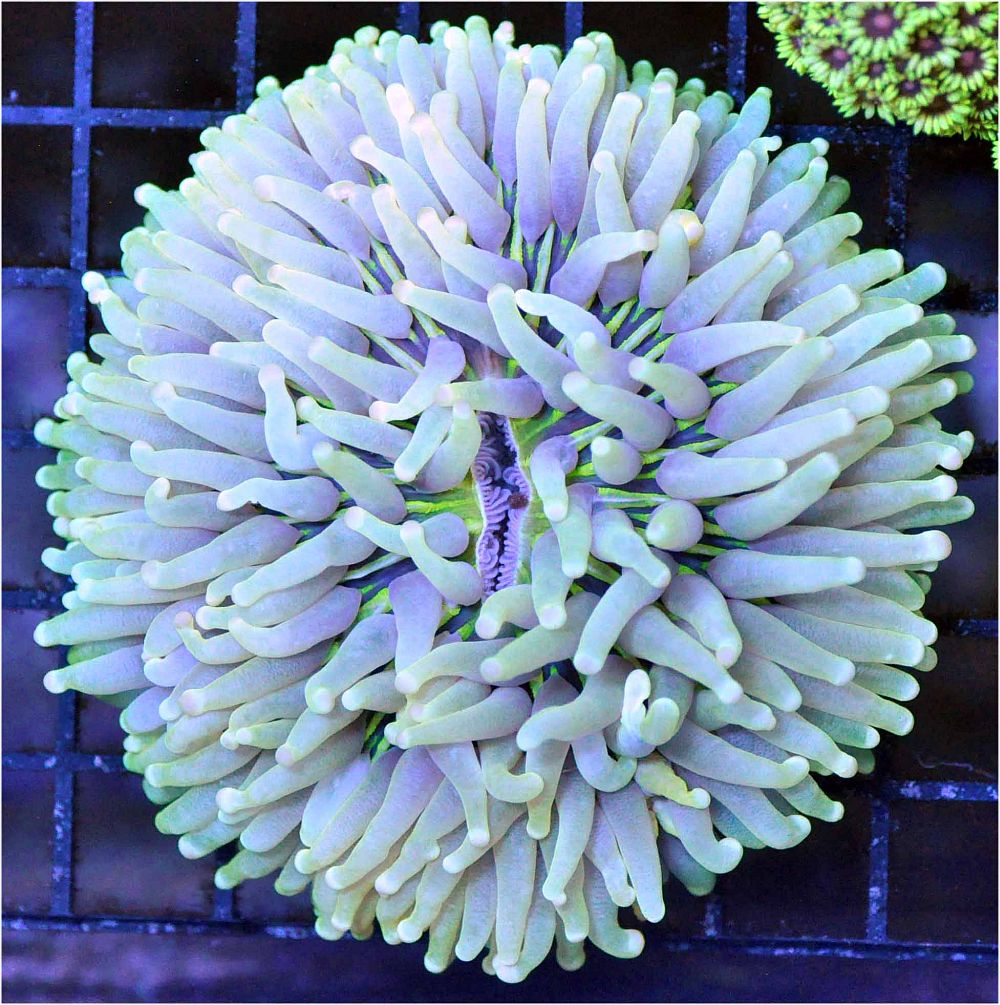The Sun Mushroom (Heliofungia Actiniformis)
The Sun Mushroom (Heliofungia Actiniformis)
Commonly known as the Long Tentacled Plate Coral, this creature is quite unique. It is a Large Polyp Stony Coral, though without closer inspection will look just like an anemone. The Long Tentacle Plate Coral has the longest tentacles of any other LPS in our aquariums. Another thing that sets this coral apart is its ability to “walk” along the substrate.

image via http://www.schwindyboo.com
These corals require a moderate amount of care. For starters, they pack quite a sting. They may try to make their way over to another area and start a war with other aggressive corals. They require a moderate amount of lighting, so do not try to keep these under a low wattage fixture. They do not like too much light either. Since they must reside on the substrate you may have to increase or decrease your lighting rather than moving the coral itself. Maintaining your water quality will also keep these guys happy. Stability is key. Supplementing and testing calcium and strontium levels, along with maintaining alkalinity is important. They will thrive when fed plankton and various meaty foods that you would feed your fish. Stay away from “junk” food like adult brine shrimp unless it is infused with vitamins made specifically for corals and fish.

zooplankton image via http://www.teachoceanscience.net
These corals actually share a few traits with the anemone. They will regularly inflate themselves with water and get huge! They will also deflate themselves completely and look almost dead. The Long Tentacle Plate Coral will actually use its tentacles to catch food and wiggle the particles into the center of the body where their mouth is located. The size of the mouth is what limits what sized particles they will eat. Some can get fairly large and even swallow a silver side!

image via http://mydayunderwater.blogspot.com/
So can these be fragged? Yes, but not very easily. In order to successfully propagate the Long Tentacle Plate Coral you must have a wet saw. A dremel tool will burn the flesh and generally cause it to die of infection. The wet saw keeps the coral cool and allows very easy cuts. The next must is stable water that is very clean. There can not be any sudden changes in water chemistry, salinity, or lighting. Any instability will result in death. If you have awesome water quality and a wet saw you can cut the plate coral into pretty small pieces, as long as you leave a few tentacles on each frag. If you are lucky enough for these to heal it will only take about a year for the frags to look normal and not square. These are not ideal corals to try to turn a quick buck on like Pulsing Xenia or Zoanthids. Even the short tentacle cousin takes quite a long time to grow into anything worth looking at when cubed up. If possible, try to make the cuts into something more natural than a square.

Inland DB-100 Mini Bandsaw
In short, these corals are another one of those that only the above average reefer should attempt to keep. Admire them from the safety of a more expert level reefer’s aquarium if you are having trouble with the easier LPS out there. Owning any plate coral is a commitment to having a bare sand bed where no other corals can get stung as it takes its daily stroll around the tank. Not all wander, so if yours has found a permanent place you may get away with a couple well placed corals as long as you keep a close watch on them, and don’t forget to show yours off in the LPS Forum!

image via reef2reef member AquaSD

Leave a Reply
You must be logged in to post a comment.